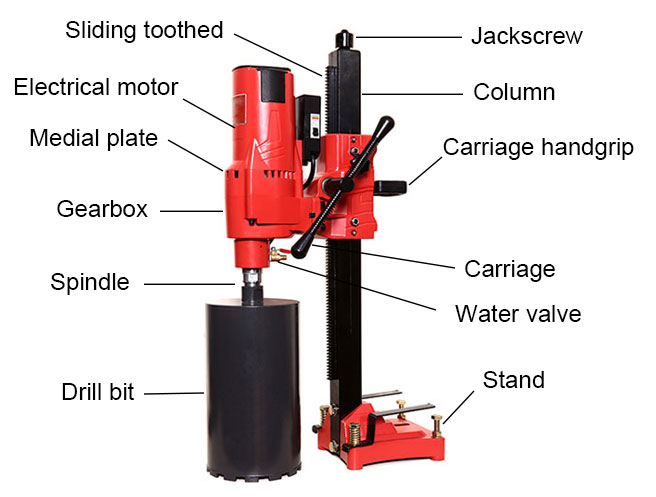
A wellsite geologist closely monitors drilling progress to decide when to begin coring operations. The two operations differ chiefly in the type of bit used: Instead of a conventional drill bit, coring uses a hollow bit and core barrel in the bottomhole assembly (BHA) (below).ĭuring conventional coring operations, the operator first drills the well down to a zone of interest using a conventional drill bit and drillstring. Conventional CoringĬonventional cores, also known as whole cores are continuous sections of rock extracted from the formation in a process similar to conventional drilling.


Each method yields distinctly different rock samples, and each requires its own coring strategy, procedures and equipment. Conventional coring is performed as the zone of interest is being drilled sidewall coring is carried out after that zone has been drilled. The process of coring-obtaining representative samples of the formation-is undertaken in either of two ways. These analyses are carried out in core laboratories around the world.īefore the samples reach the laboratory, they must first be extracted from formations below the Earth's surface. Operators are better able to characterize pore systems in the rock and model reservoir behavior to optimize production based on the analysis of core porosity, permeability, fluid saturation, grain density, lithology and texture. Cores provide ground truth for calibration of well logs and can reveal variations in reservoir properties that might be undetectable through downhole logging measurements alone. Physical rock samples allow geoscientists to examine firsthand the depositional sequences penetrated by a bit and offer direct evidence of the presence, distribution and deliverability of hydrocarbons. Rock cores provide essential data for the exploration, evaluation and production of oil and gas reservoirs.


 0 kommentar(er)
0 kommentar(er)
